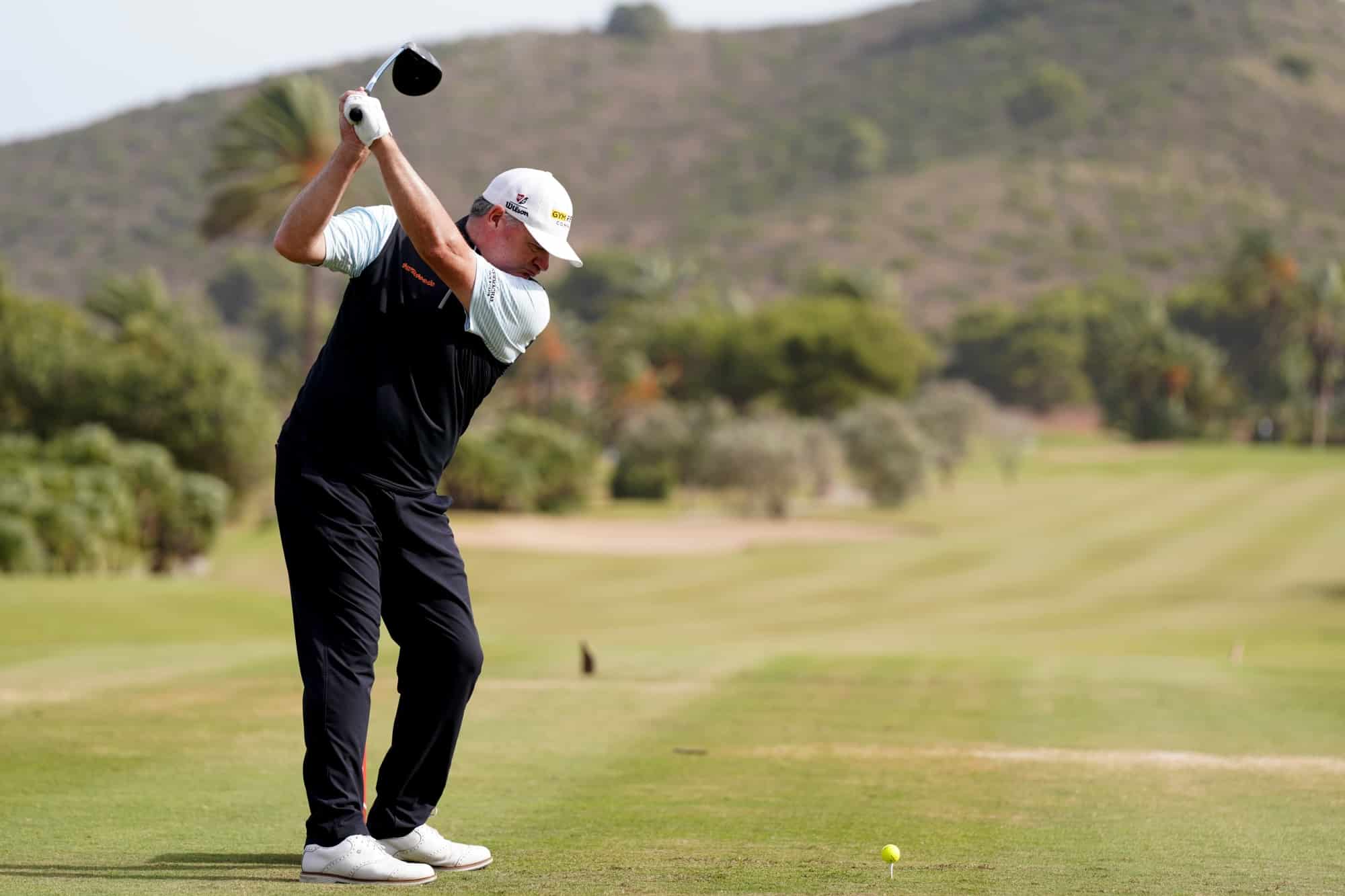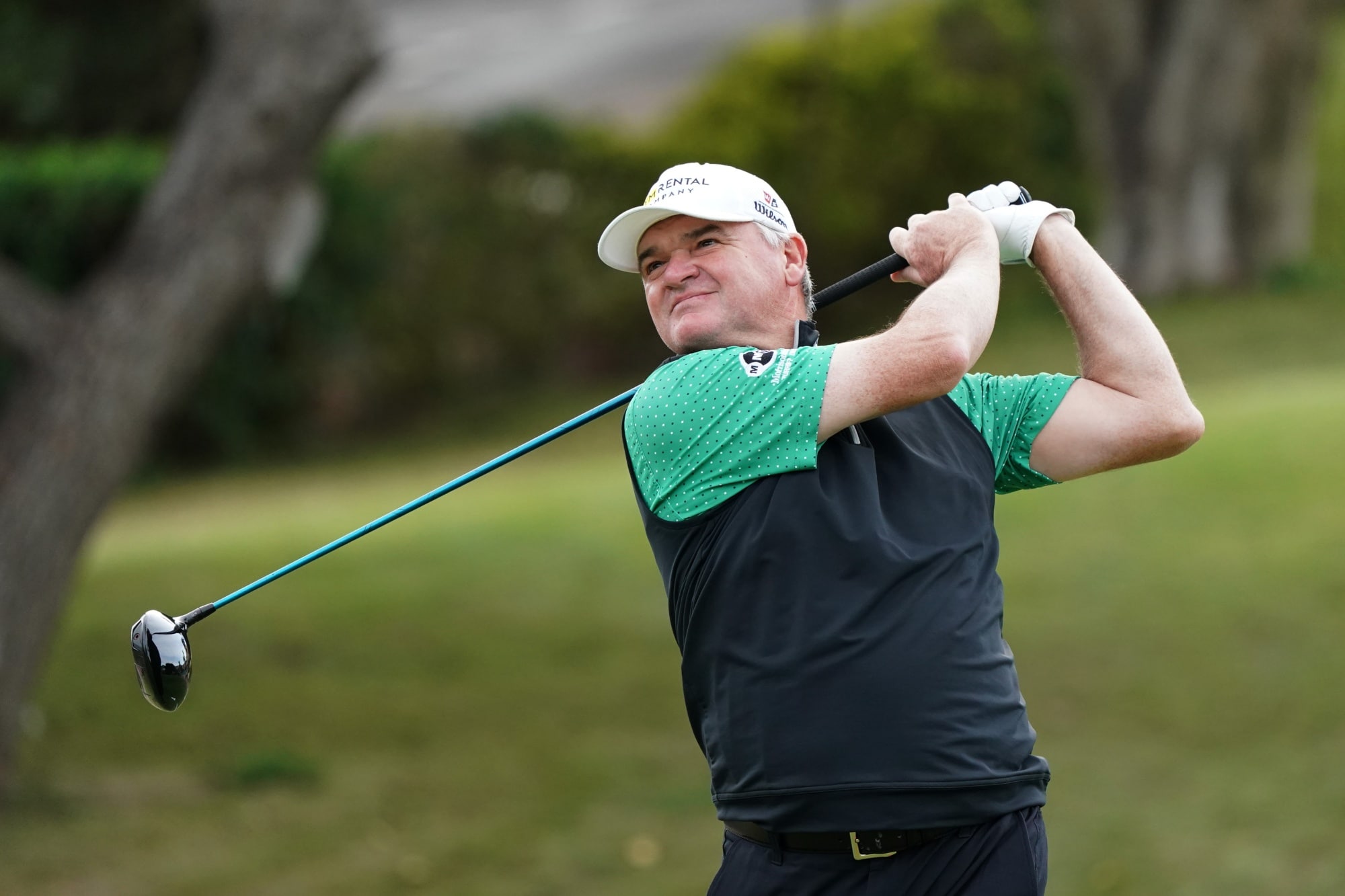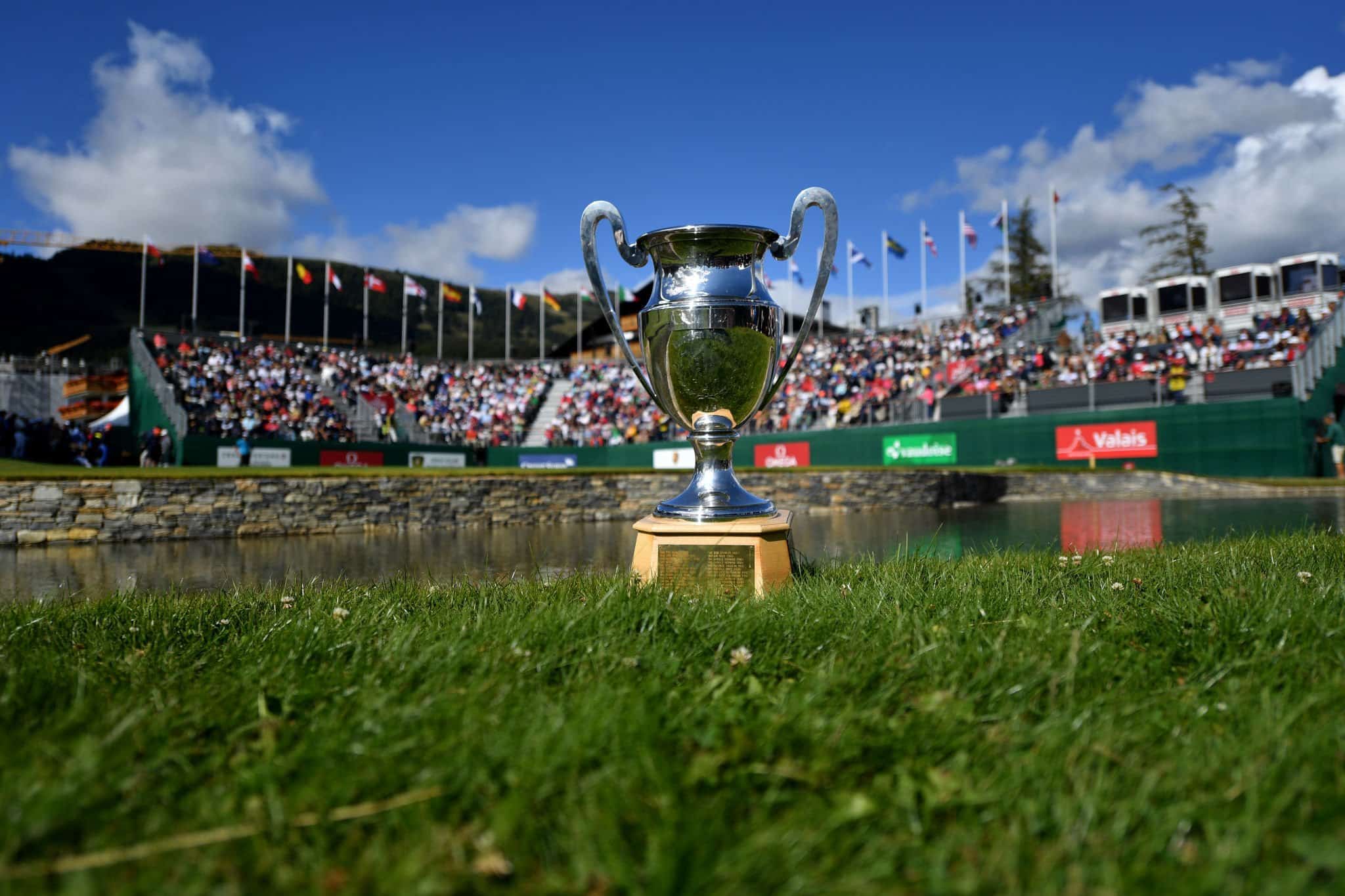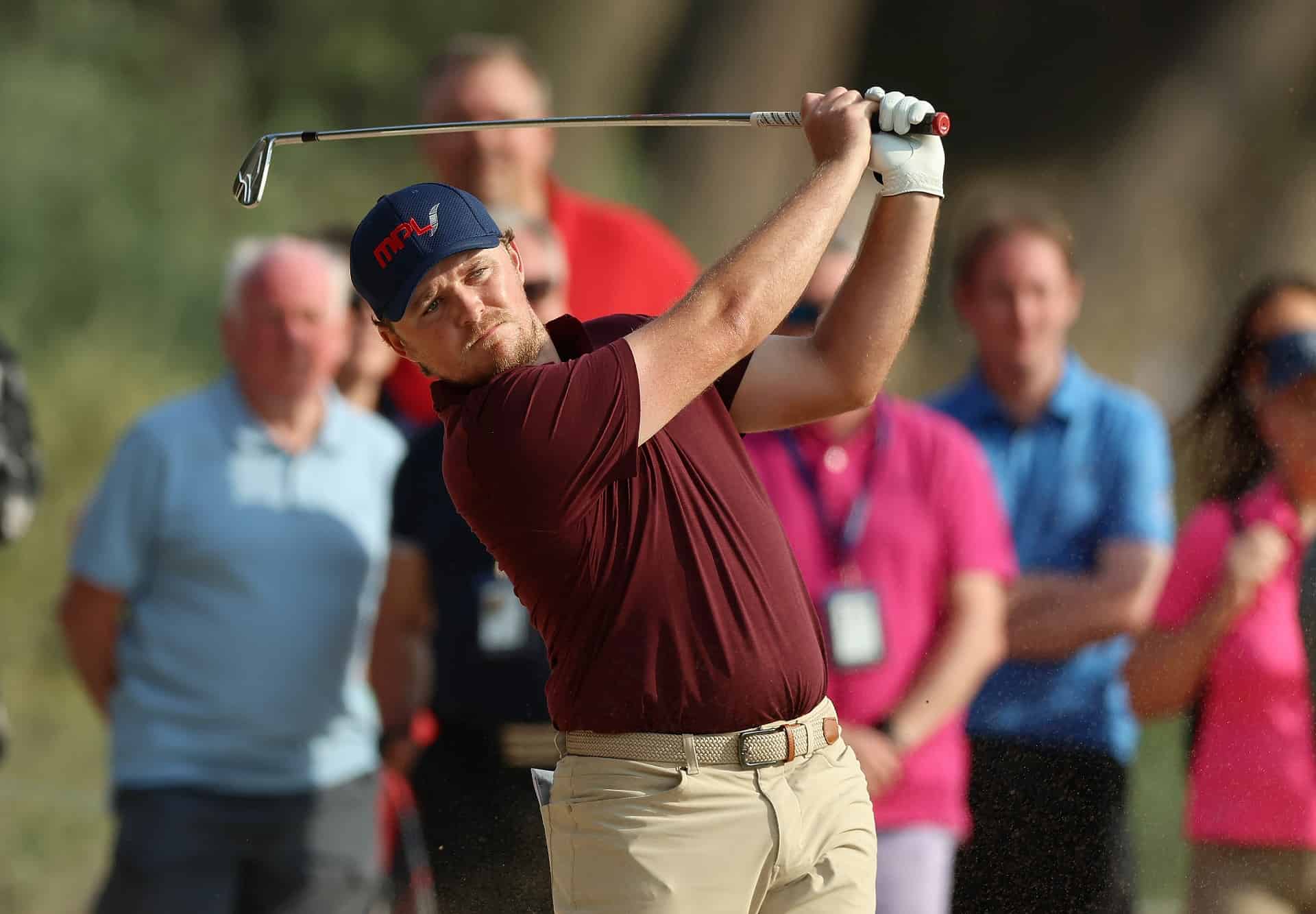Golf’s self-inflicted wounds need healing – and fast
Golf is in crisis. Memberships are down on average over 25 per cent in the last five years globally – this equates to over 10 million less players on the world’s courses. A course a day closes in the USA while other key markets in Europe are also suffering.
There are many reasons and theories about why golf is facing dark times. It is a game that has had to consistently rebuff criticism over elitism, antiquated institutions and exclusivity. The recent controversy over female membership at both Augusta and Tokyo 2020 – surely an extraordinary debate to be having in 2017 – proved appalling PR for the game.
Meanwhile Wimbledon, the bastion of tradition in tennis, had ended their gender pay gap.
The empty courses, dwindling membership and dearth of young golfers are aspects that cannot be denied, even by the game’s most ardent defenders. It is without question that a root of this problem lies with the sport’s reliance on wealthier, older players in order to survive. Those running the game wrongly believe there is an endless reservoir of players from this demographic who can sustain golf as a major global sport. In an age where technology and innovation are king, golf remains reliant – in both its leadership and membership – on those content with the comfort of the past, not the excitement of the future.
A brief glance at the clubhouses of the world says it all. The average age in many clubs can reach 60 years of age. Add to this the closed tradition that private members’ clubs foster – one of strict dress codes, archaic traditions and conservative social values. With this conservatism comes unwillingness to embrace modernity. There is a rooted status quo that, in the short term, benefits those in charge of golf with quiet clubhouses and familiar faces. It is a metaphorical moat around the castle that keeps things just the way they have always been.
Sadly, the reality of demographics has no time for this blinkered short-termism. Older members pass away or become incapacitated. Too many clubs look to a similar type of member as replacements. But the older and wealthier are in the minority. Their high spend may make it an economically savvy choice for administrators, although evidence shows their spend has also been grossly exaggerated. But day by day the real future, the younger golfers with potentially 40 years of playing ahead of them, are further isolated.
With the financial crisis, the alienation of the next generation is partly rooted in a new economic reality. Higher student debt, lower wages and fewer job opportunities mean that a game as expensive as golf will naturally suffer. Yet golf’s youth crisis goes far deeper. The modern world is defined by efficiency, with families managing an ever-shrinking window of time for recreation. A four-hour 18-hole round plus travel can amount to a full day. Add to this the ever-languid pace of play and the game becomes less and less attractive for those looking for a short, sharp hit of fun and exercise at the weekend.
The public disintegration of Tiger Woods was a brutal blow for the game. But the game does have its heroes for the young. With Jordan Spieth, Dustin Johnson and Rory McIlroy golf is blessed with global stars that are true ambassadors for the game and magnets for youth recruitment. Yet they can only do so much.
The millennial generation are not stupid. They are rooted in values of openness, fairness and equality and see none of that is golf’s charter. They look to technology and innovation for answers, yet see no real advancements in golf. And they live in a challenging world where time and productivity is the most precious of currencies. They see a sport that refuses to cater to that reality.
So where do we go from here? At club level, there needs to be a wholesale change in how golf clubs are both marketed and managed. They must make their offering attractive to youngsters. That could be in the form of realistic pricing, embracing technology or tailoring the club atmosphere to the younger generation. The days of restrictive dress codes or pompous clubhouse traditions need to end.
There must be a renewed effort to up the quality of service too. Some of the biggest complaints from members are that their course is in poor condition or facilities increasingly ragged. Increased fees for those who can afford them, coupled with extra revenue streams and discounted memberships for the young will at least slow the decline.
Course owners have been stuck in their comfort zone, desperately clinging on to a model that has no place in the modern world. Club’s economic blueprints need to shift from the current quasi Ponzi scheme to one that is sustainable in the long term.
Those sitting at the head of the game must also face this grave new reality. As they squabble over female membership or fiddle with irrelevant rule changes, the rest of the world moves on. The explosion in cycling in recent years shows just how quickly one sport can rise to the detriment of another. The game cannot be ruled by committee anymore – it fosters stasis and strangles progress.
Arnold Palmer Management Courses are an example where change has brought general results – individuals who truly love the game and care for its future have replaced long-standing traditionalists. And we must not forget the stars of the game. Professionals must also use their platforms to challenge golf’s administrators when they witness incompetence.
Golf is not unsalvageable. It remains a game loved by millions across the globe. But its survival is based on one thing – numbers. The modern world does not respect tradition, only the ability to shift, transform and innovate.
It is now down to everyone in the game, at all levels, to recognise the perilous reality that we now face. Answers need to be found, and quickly, to revolutionise this game for the next generation. Otherwise these current self-inflicted wounds will turn fatal.
Richard Tarr is the European development director for Arnold Palmer Management
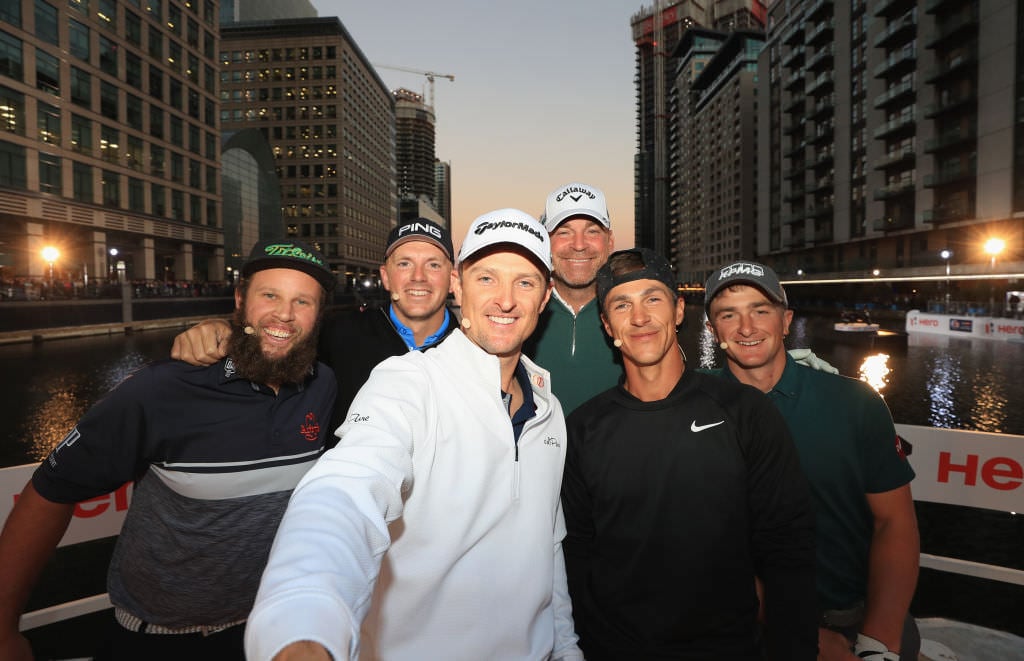
Golf doesn’t have to be fun to fall in love with the game

Have advances in equipment spiralled out of control?

Want to improve the European Tour? The answer lies in football




